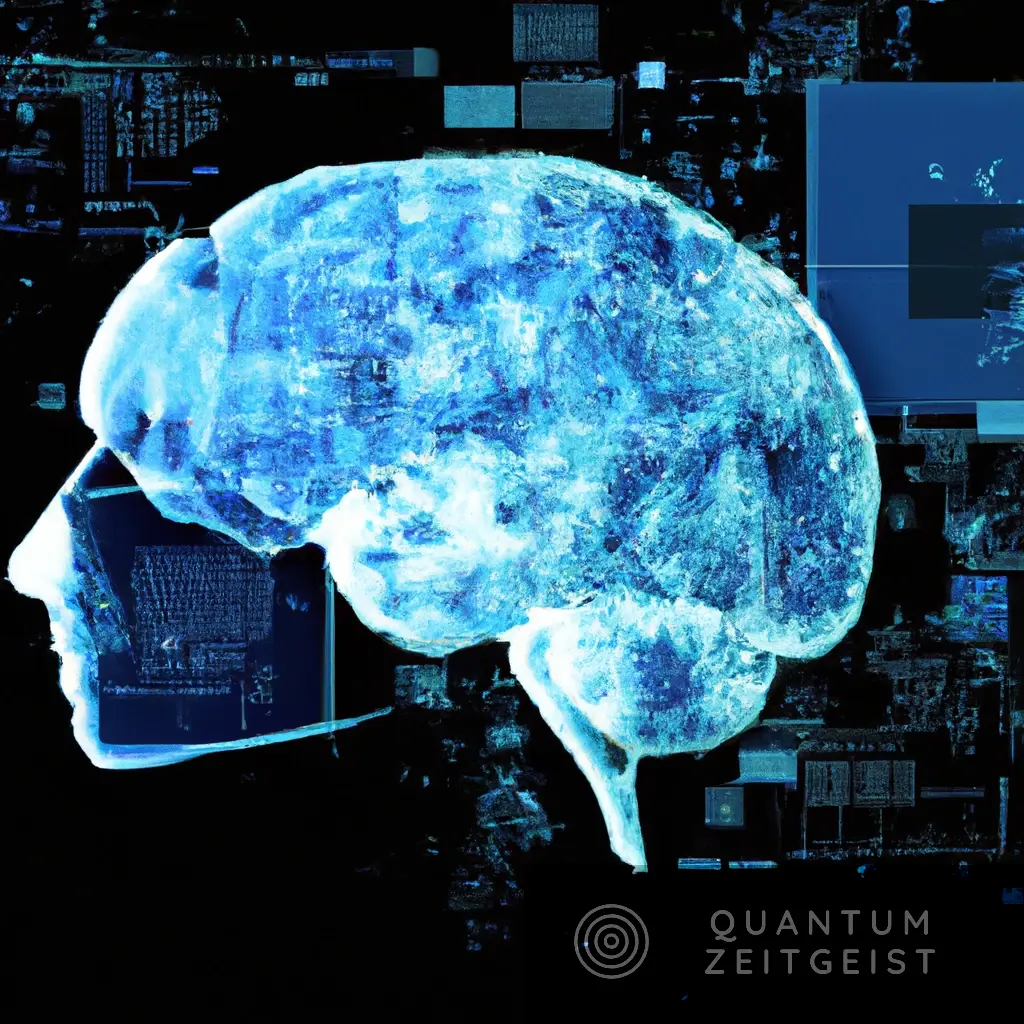Trinity researchers claim our brains may use quantum computation after adopting a method designed to demonstrate the existence of quantum gravity to analyze the human brain and its workings. The results published in the Journal of Physics Communications on October 7, 2022, may explain human consciousness, the workings of which are still difficult to grasp and explain scientifically.
Since quantum mechanisms in sensory systems provide information to the brain, it’s also possible that entangled radical electron pairs are at work. But beyond those sensory inputs, the existence of particular nuclear spins is required for increasingly complicated brain functions. Nuclear spins, like electron spins, can impact chemical events, leading to macroscopic effects, as seen in physiology.
It is yet uncertain if these or other macroscopic systems in the brain may be non-classical. However, experimental methods for distinguishing classical from quantum correlations in the biological brain have yet to be developed.
Recent quantum gravity concepts may help scientists overcome experimental constraints in biological systems. These suggestions use auxiliary quantum systems, demonstrating that if a system can mediate entanglement between auxiliary quantum systems, the mediator is non-classical.
However, entanglement, if it is mediated by any brain function at all, is most likely to occur only during brain activity. As a result, the experimental requirements for an auxiliary quantum system are that it can be detected non-invasively in the conscious-aware brain and that entanglement may be observed.
NMR, as applied for this research, is a non-invasive method. The nuclear spins are quantum systems that may be entangled by a cerebral mediator, theoretically.
“We adapted an idea, developed for experiments to prove the existence of quantum gravity, whereby you take known quantum systems, which interact with an unknown system. If the known systems entangle, then the unknown must be a quantum system, too. It circumvents the difficulties of finding measuring devices for something we know nothing about.”
Dr. Christian Kerskens, a lead physicist at the Trinity College Institute of Neuroscience (TCIN) and co-author of the research
The measured brain activities were also connected to short-term memory performance and conscious awareness, suggesting that quantum processes are also involved in cognitive and conscious brain functions.
If the team’s results are validated – which would very certainly need sophisticated interdisciplinary techniques – they will improve our understanding of how the human brain operates and, perhaps, how it may be maintained or even fixed. They may also aid in developing novel technologies and building more sophisticated quantum computers.
“For our experiments, we used proton spins of ‘brain water’ as the known system. ‘Brain water’ builds up naturally as fluid in our brains, and the proton spins can be measured using MRI (Magnetic Resonance Imaging). Then, by using a specific MRI design to seek entangled spins, we found MRI signals that resemble heartbeat evoked potentials, a form of EEG signals. EEGs measure electrical brain currents, which some people may recognize from personal experience or simply from watching hospital dramas on TV.”
Dr. Christian Kerskens, a lead physicist at the Trinity College Institute of Neuroscience (TCIN) and co-author of the research

